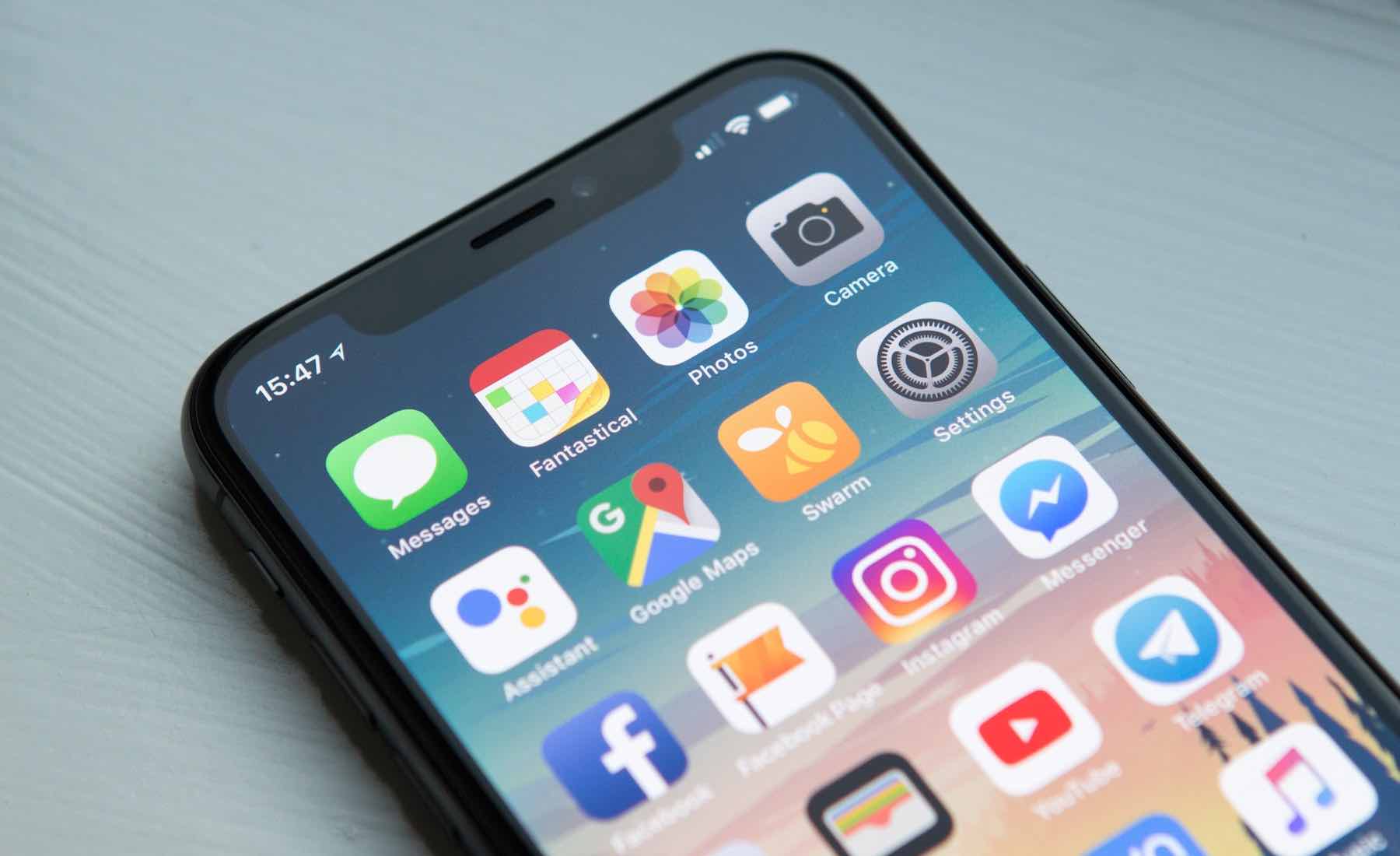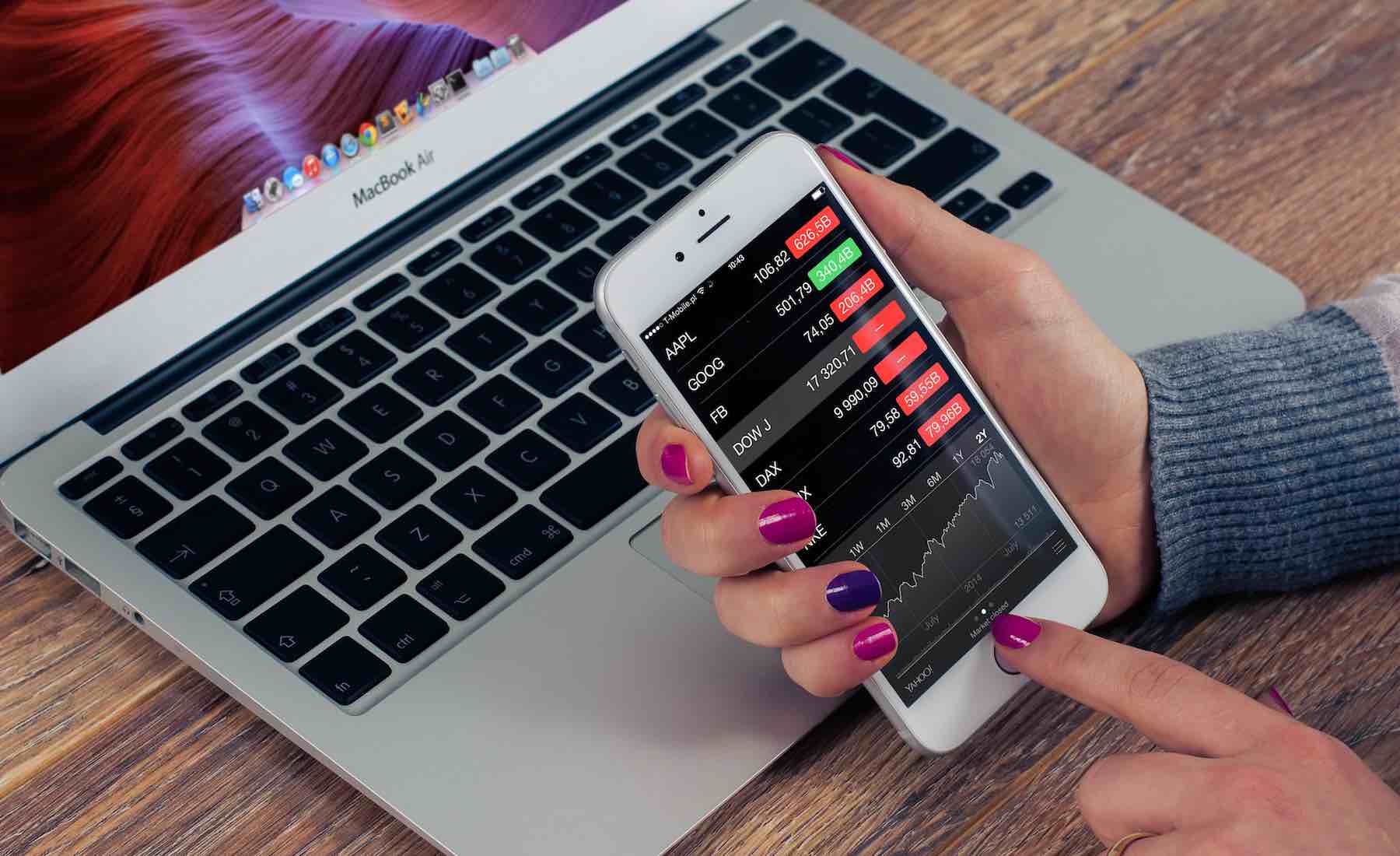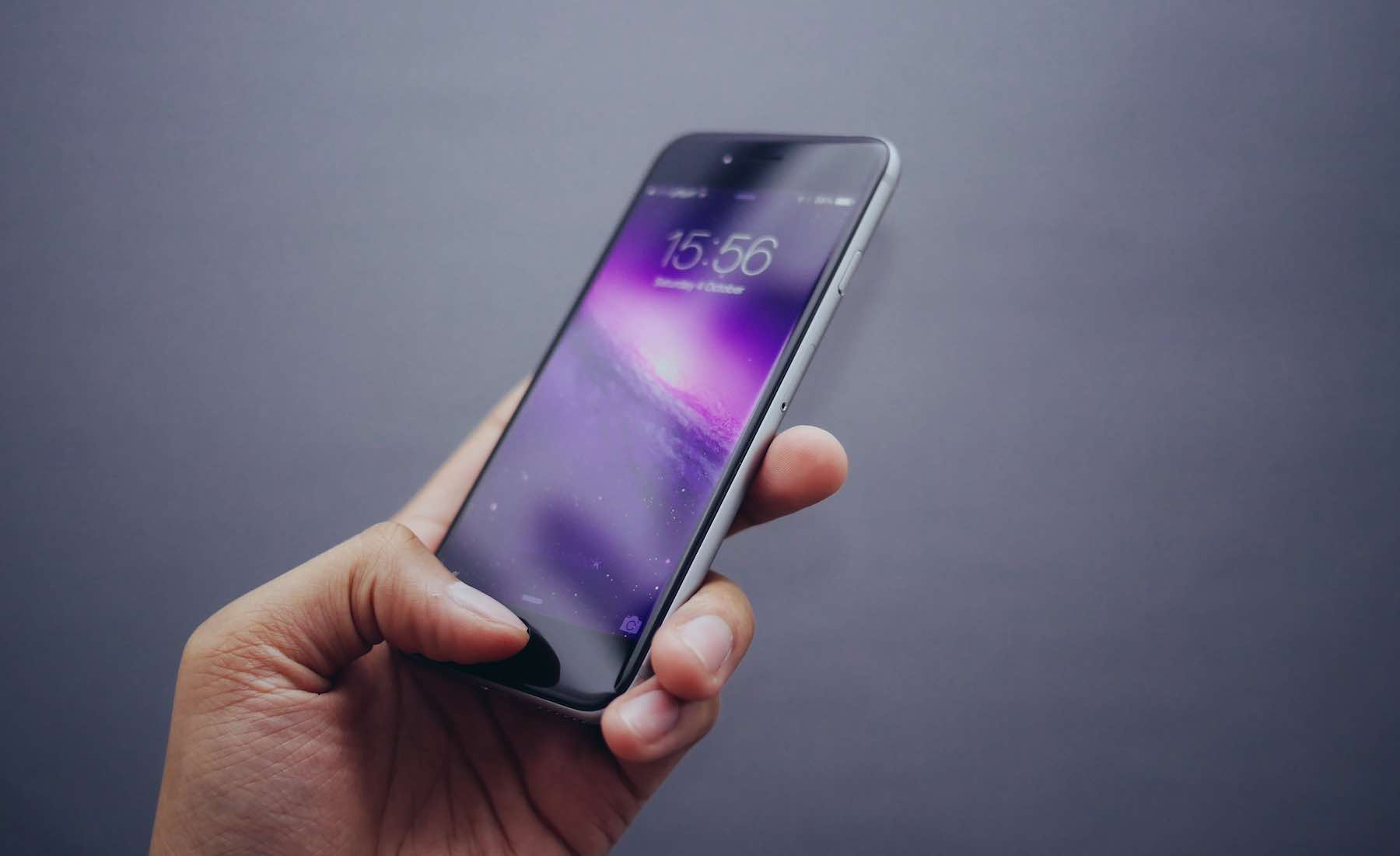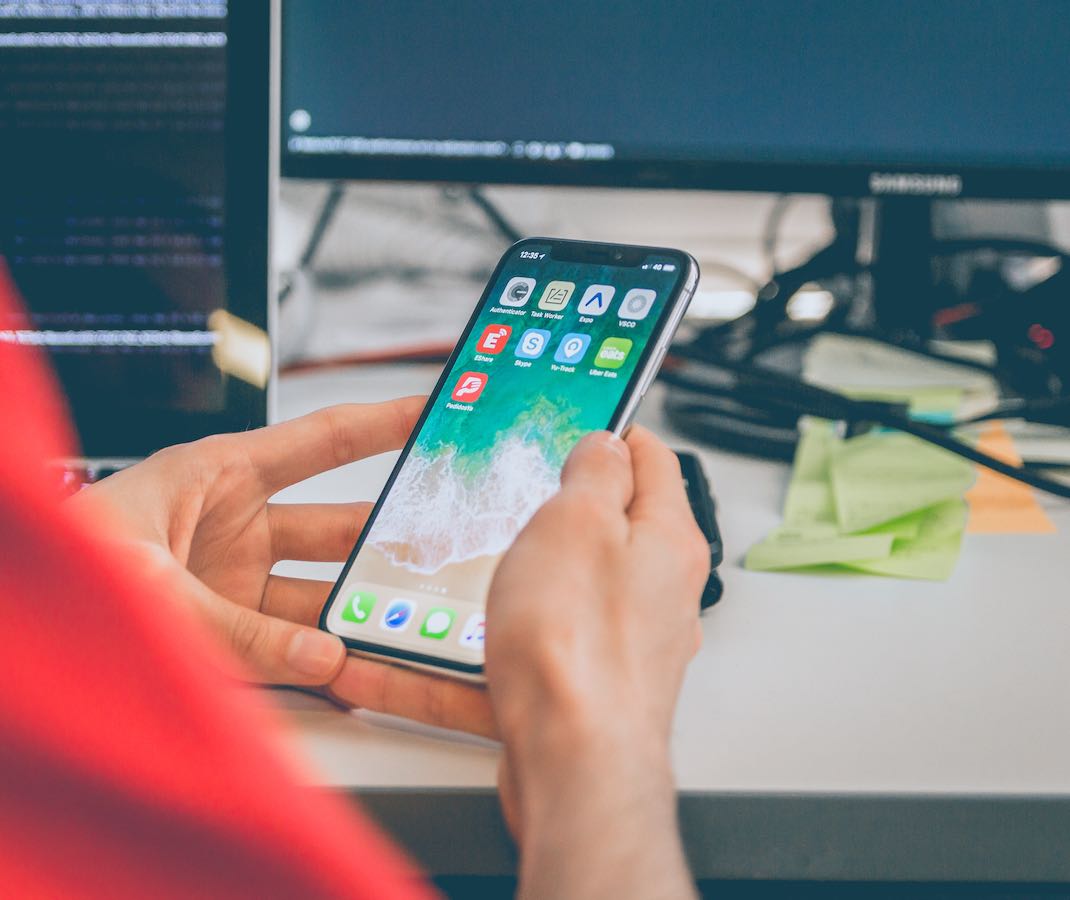Apple’s iPhone lineup has become steadily more impressive over the years. Since its inception in June 2007 (that’s almost 12 years ago!), the iPhone has steadily progressed, with a proven track record of majestic hardware and forward-thinking design, one of the most user friendly interfaces (in terms of UI/UX) among all smartphones, and increasingly resourceful features.
One of the most resourceful things about the iPhone is that Apple have managed to elevate it’s usability to far more than just a smartphone — something many competitors have been unable to do, thus far. In essence, the iPhone has become more of a smart ‘device’, rather than simply a phone with lots of features.
In fact, many people today use their iPhones less as cellular mobile devices, and more so for the additional great functionality that iOS provides.
As if the iPhone’s capability out-the-box wasn’t impressive enough, the intricate integration with Apple’s iCloud offering, as well as the App Store (which now boasts over 2 million apps, each approved by Apple and following stringent publishing guidelines) takes the iPhone’s use as a portable work device to completely new heights.
Since the iPhone’s initial debut, there have been 18 iterations of the device, which is particularly important to note — as Apple’s other products (take the iMac, Apple TV, and Mac Pro, for example) have often had much slower release cycles, with both hardware and software upgrades being coordinated with much longer space between new version releases.
This really highlights Apple’s dedication to the iPhone, in terms of wanting to continue development of the product, and position it as a market-leader for users of all kinds. However, today, we’re talking strictly business.
While the iPhones of previous years have still been great for business users, entrepreneurs, and web developers (yes, you!), there hasn’t been a better time for the iPhone than now.
Let’s explore Apple’s current iPhone offerings, highlighting the benefits and drawbacks of the latest models.
We’ll be looking at the iPhone lineup specifically from the view of a web developer, and which handset seems to beat the rest (at least, for now).
Apple’s latest lineup includes the much-touted iPhone X, the iPhone 8, and the iPhone 8 Plus.
To be honest, each of these devices are amazing in terms of performance, functionality, and feature-availability, but let’s get into the nitty-gritty of which iPhone will suit your needs as a web developer best, whilst also taking pricing into consideration.
iPhone X
The iPhone X has been undoubtedly one of Apple’s boldest moves with the iPhone lineup. It features a completely unique design, and the user interface actually differs quite vastly from that of all other iPhones (both in Apple’s latest lineup, and older models).
A lot of hype was created before the release of the iPhone X, with blogs and technology insiders suggesting that it would differ greatly from Apple’s previous offerings.
They were right. It does.
However, whether that’s for better or worse is something that you’ll have to decide — it’s all quite controversial, really.

iPhone X: The Good
- The iPhone X is the very first of Apple’s models to ship with a Super Retina HD display, 2436x1125px at 458 ppi (like... wow?!), something that you definitely can’t push aside. For someone working in the digital field, and for web designers and developers in particular, this is not only a God-send, but also allows you to keep ahead of the game.
When retina displays first came out, many consumers — think those progressive types, perhaps millennials ;-) — were seeing non-retina websites and apps on a retina display. This meant that they’d be able to get down and dirty with nearly every pixel on their brand new display.
Given that you work in the digital design and development field, you want to be on top of your game, and sometimes that means thinking like a consumer.
In other words, opting for the Super Retina HD display as offered by Apple’s iPhone X, will allow you to see things that you may not otherwise have caught on a display with lower resolution. That way, your sites and apps can be optimized for every single one of your customers and clients (woo, look at you!). - This model actually boasts the largest display size of all previous iPhone models, at an awesome 5.8 inches, compared to the iPhone 8 Plus, which lags behind slightly, at a display of 5.5 inches.
It’s an important point to consider, as you’re essentially getting more screen real-estate with the iPhone X. - It seems that Apple thought very carefully about the physical dimensions of the iPhone X. Although you’re getting a larger screen size (with Super Retina HD display and HDR support), the height, width, and weight are all less than that of the closest competing iPhone — the iPhone 8 Plus.
That means less space taken up in your pocket, a device that’s easier to hold, and better reachability (you’re less likely to encounter issues with being unable to reach the top of your screen using only one hand... thank goodness!).
iPhone X: The Bad
- There isn’t too much bad to say about this model, quite frankly, if you work with web content, creative media, or production. The main drawback is the price.
The iPhone X retails between $999 and $1,149, when bought out-right from Apple. You may be able to find varying prices, and of course always have the option to take out a contract with your carrier of choice, but either way, expect your pocket to feel a little emptier at the end of the month.
iPhone 8 Plus
The iPhone 8 Plus would be your obvious next-choice to the iPhone X.
The physical design looks very similar to that of previous iPhone models, such as the iPhone 7 Plus, and in fact going way back to the iPhone 6 Plus.
It’s comfortable and familiar — a phone that functions very similarly to how you’ll be used to your previous iPhone models (unless you’re still hanging onto an outdated, chipped and scratched iPhone 4 - why?!).
The iPhone 8 Plus is also a great step up from its closest predecessor, the iPhone 7 Plus, with upgraded hardware and performance capabilities.
It’s an obvious choice, but let’s take a brief look at what makes it great, and where it falls short.

iPhone 8 Plus: The Good
- The iPhone 8 Plus still offers you that familiar display size that you’ll already be accustomed to (if you’re migrating from a previous ‘Plus’ iPhone model. With increased resolution specs compared to some of the previous Plus models, this device offers a 5.5 inch Retina HD display (1920x1080px at 401 ppi), which is still a lot to work with.
- Migrating from an earlier model will have you in for a surefire surprise — the iPhone 8 Plus does come with a multitude of hardware acceleration capabilities that were previously poorer in previous iPhone Plus models.
The key takeaway being that you’ll experience better performance, faster response, and significantly improved battery life; not that this will be much of a problem, given its support for wireless charging (thank you Apple gods!) - The retail price is slightly easier on the pocket than the next model up (we’re sure you can guess which cheeky little X that may be!), so although you’re compromising on some key features like the X’s Super HD Retina Display and FaceID, you’re still getting a pretty sweet deal.
- The Internet use time on this model is approximately an hour longer than the iPhone X, which is something very important to consider, especially if you’re using the device to work on-the-go.
iPhone 8 Plus: The Bad
- There is one big problem with all of Apple’s iPhone Plus models, and we’re sure you guess what it is.
Yep, that’s right — the handset size.
While the screen does boast 5.5 inches in Retina HD, the physical size and weight of the device is one of the largest drawbacks.
This has been the case with all iPhone Plus models, dating back to the iPhone 6 Plus. Most consumers will find it difficult to reach the top of the screen, for which Apple was forced to integrate an accessibility feature called ‘Reachability’, which allows you to drag the top of the display down.
It’s a compromise for sure, but given your priorities as a web developer or designer, it may be worth the inconvenience.
We’ll leave that up to you to decide. - Slightly unrelated to web development, but it’s worth noting that only the iPhone X comes with FaceID, which means your options for unlocking the device are limited to TouchID and your familiar 4 or 6 digit iPhone passcode (unless you’ve set up an alphanumeric password)
iPhone 8
And that brings us the iPhone 8, which is Apple’s iteration of the iPhone 8 Plus — only, minus the plus... get it?
The device is slightly smaller, which works depending on your preference and use-case, but there are indeed pros and cons to this model too.
It’s more in line with Apple’s historic offering of a standard iPhone model, and if you’re somebody whose used to the idea of a smaller, neater model, perhaps this is the iPhone for you. Let’s explore a bit more.

iPhone 8: The Good
- One of the great things about the iPhone 8 is that it comes with pretty much the same hardware specifications as it’s larger competitor, the iPhone 8 Plus. You’re still getting a 12MP camera, TouchID and wireless charging. In fact, the resolution of the display is not that much of a downgrade from the Plus-sized model, at 1334x750px at 326ppi, which is fine given the smaller display size.
- Obviously, the handset is smaller in size. That’s either a bonus or a drawback, depending on how you look at it. If you find the iPhone 8 Plus particularly difficult to handle, then the iPhone 8 would be the obvious next-choice for you. Unless, however, you’d like to opt for the Super HD Retina Display offered by the iPhone X, which is also a smaller handset than the 8 Plus.
iPhone 8: The Bad
- There isn’t much bad about the iPhone 8. Compared to the 8 Plus, you’re getting pretty much the same hardware specs, minus the screen size. For that reason, we’d recommend either the iPhone X or the 8 Plus, particularly if design factors into your job.
Older models
Apple still has some of its previous iPhone models up for grabs, namely the iPhone 7 (and 7 Plus), the iPhone 6s (and 6s Plus), and the cute little iPhone SE.
Of course, everybody wants to have the latest hardware — we live in a progressive society, and of course, the web development industry (and technology in general) is particularly fast-paced — but there are still some reasons to consider older models too.
Getting hold of one of Apple’s iPhones from previous release cycles (let’s keep it to the past few years) may be particularly beneficial if you’re looking to cut down on your costs and monthly bills.
These models are still officially supported by Apple, and you’re still able to purchase them from both Apple’s official website, and most third-party carriers and smartphone vendors (think Verizon, AT&T, Carphone Warehouse, etc).
- iPhone 7 and 7 Plus
- iPhone 6s and 6s Plus
- iPhone SE
In conclusion
Ultimately, we feel that there isn't one single iPhone which will serve you best as a web developer, it's more for you to decide.
You'll have to take cost, hardware specifications and display size and resolution into consideration.
Our take definitely leans toward the iPhone X or iPhone 8 Plus, due to screen real estate and high-resolution retina displays.


